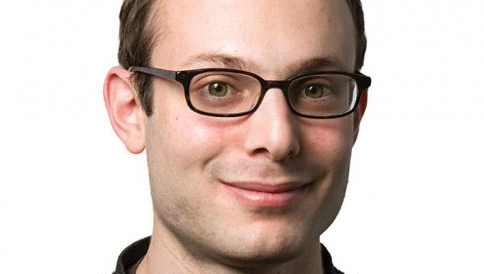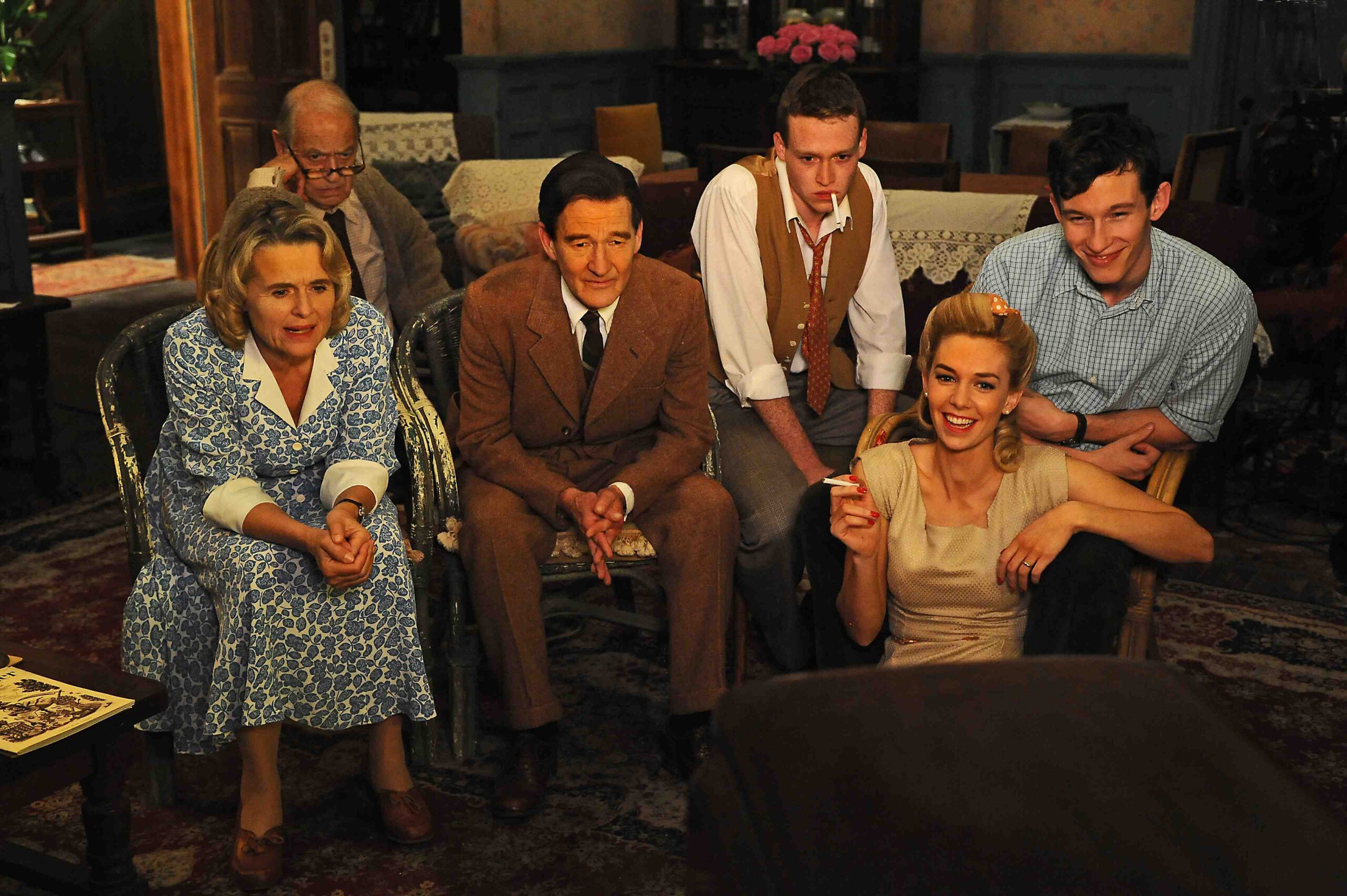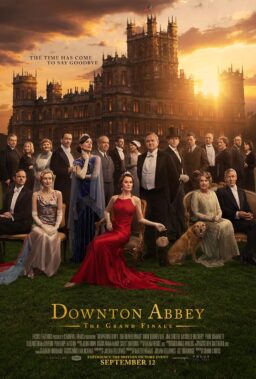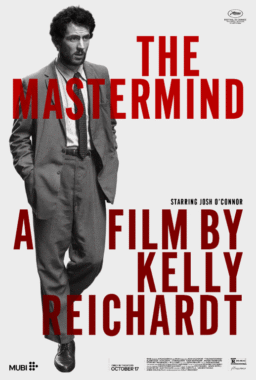CANNES, FRANCE—We’re at the point in the festival when films are starting to bleed into each other. This morning’s competition screening of Ken Loach’s “Jimmy’s Hall”—a serviceable true-life advocacy story that pits the 1932 patrons of an Irish dance hall against a rigid, traditionalist church that resists the “Los Angelization” of local culture—felt like an unavoidable callback to John Boorman’s “Queen and Country,” which premiered on Tuesday in Directors’ Fortnight.
Set in the early 1950s, Boorman’s follow-up to “Hope and Glory” (1987) is loosely based on the director’s own experiences with mandatory conscription in the British army. I’ve only seen parts of “Hope and Glory” (and not in many years), but the new movie functions as a standalone work, a bracing dose of classical filmmaking at a festival where demanding aesthetics are the norm. Like many biopics, it’s essentially episodic, following Boorman surrogate Bill Rohan (Callum Turner) and his friend Percy (Caleb Landry Jones) as they make mischief during basic training.
The depiction of the military is striking in that discipline seems to be mostly a formality; superior officers dole it out reluctantly (except where a sergeant major played by a bald David Thewlis is concerned, and until Bill is charged with “seducing an officer from the course of his duty”). Bill also experiences unrequited love with a woman (the ethereal Tamsin Egerton) a few years older than he is. “Queen and Country” to be moving in its accrual of period details—experiencing a new kind of cinema during a date viewing of “Rashomon,” watching the coronation of Queen Elizabeth II on TV—without offering much distinctive or new.
As a portrait of adolescence, it’s preferable to Xavier Dolan’s “Mommy,” the Quebecois auteur’s first film in competition; he’s already made splashes in both Directors’ Fortnight (“I Killed My Mother”) and Un Certain Regard (“Heartbeats,” “Laurence Anyways“). Did I mention he’s all of 25? And as he grows older, his fixation on close mother-son relationships grows slightly queasier, though judging from reactions, I’m something of an outlier in finding “Mommy” an irritating sit. (Some people claim it’s a serious contender for the Palme d’Or.)
Set in 2015, “Mommy” opens with a mild sci-fi feel. Title cards announce that a change to Canadian health law will allow parents to give up troubled children to the state. That’s about the end of the future-is-now vibe. “Mommy” introduces us to one such troubled teen, Steve (Antoine Olivier Pilon); his single mother, Diane, whom he nicknames “Die” (Anne Dorval); and a neighborhood teacher, Kyla (Suzanne Clément), who becomes part of their lives. They fight, eat, shop, take tentative steps toward mutual understanding, and dance to interminable musical interludes.
By far the most interesting thing about “Mommy” is that most of it is shot in an invented, narrow aspect ratio. (Others are calling it 1:1, but at least from a far side seat it looked more like 0.6:1—meaning that the film is just a narrow band within the frame.) The claustrophobic shape allows Dolan to avoid most of the niceties of good composition; an unstructured, rambling narrative complements the haphazard visuals. It helps that two of the actors in constant surgical close-up are scene-stealers from elsewhere in the Dolan oeuvre—Dorval from “I Killed My Mother” and Clément from “Laurence Anyways,” both wonderful here. If only there were more of a movie for them to steal this time.












